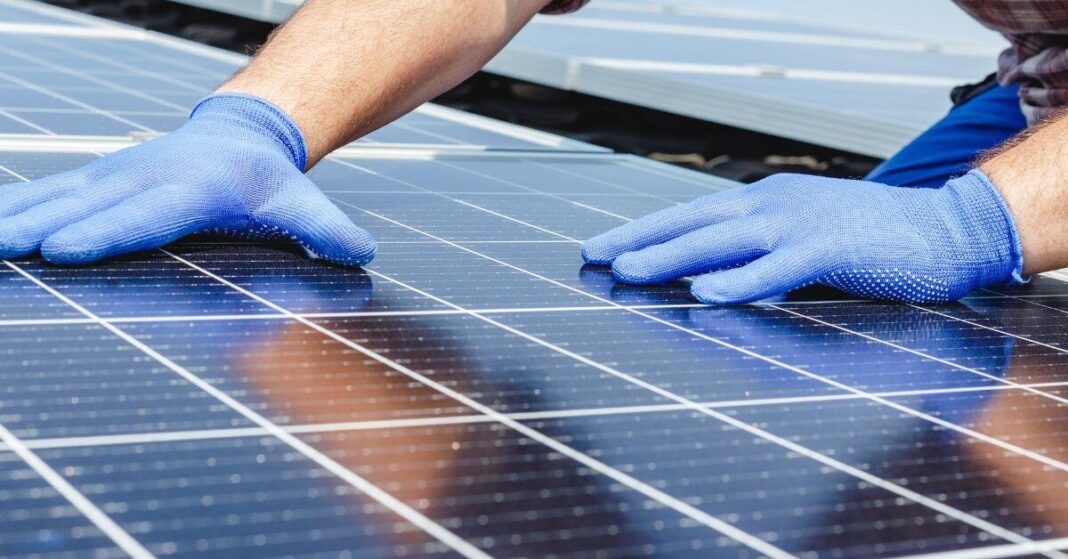The History and Future of Solar Power Energy
Harnessing the sun’s power marks one of humanity’s pivotal strides toward sustainable energy solutions. Solar power, a technology that converts sunlight directly into electricity, has seen exponential growth in innovation and adoption across the globe.
This renewable energy source promises to reduce our carbon footprint and empowers communities by providing accessible and reliable power. Learn more about the fascinating history and potential-rich future of solar power energy!
Ancient Solar Power
Our fascination and utilization of the sun’s energy date back to ancient civilizations, long before the advent of modern solar panels. The Greeks, Romans, and Egyptians, among others, ingeniously harnessed solar power to illuminate and heat their homes and public baths. Using architectural designs and materials, they constructed buildings with strategic orientations toward the sun, maximizing natural light and warmth during cooler seasons.
The Anasazi in North America positioned their cliff dwellings to capture the winter sun’s warmth while providing shade in the summer, demonstrating an advanced understanding of solar heating and cooling principles. Such early examples of solar power use highlight humanity’s innate recognition of the sun as a vital, inexhaustible source of energy and warmth, laying the groundwork for the sophisticated solar technologies we pursue today.
Modern History of Solar Power Energy
The modern era of harnessing solar energy began with a significant breakthrough in 1839 when French physicist Edmond Becquerel discovered the photovoltaic effect. This phenomenon occurs when a material absorbs light, inducing an electrical voltage.
Though this discovery did not immediately lead to practical applications, it laid the foundational understanding of converting sunlight into electrical energy. In 1883, Charles Fritts constructed the first true solar cell by coating selenium with a thin layer of gold to create a device that produced electricity when exposed to light.
The significant leap toward modern solar panels came in 1954, with the development of the first silicon photovoltaic (PV) cell by Bell Labs in the United States. The space race of the 1950s and 1960s provided a vital push for further advancements in solar technology, as satellites required reliable power sources while in orbit.
The efficiency and reliability of solar panels have improved over the decades, making sustainable energy accessible for businesses and homeowners everywhere. Today, the average American can easily assess their power generator needs and invest in solar energy solutions!
The Future of Solar Panels and Green Energy
The future of solar panels shines brightly with innovations that promise to revolutionize green energy solutions for consumers worldwide. Researchers are constantly pushing the boundaries to make solar panels more efficient, durable, and versatile. Soon, we can expect to see ultra-thin, flexible solar panels that we can install on surfaces beyond rooftops, including windows, vehicles, and even clothing.
Advancements in quantum dot technology and perovskite materials are paving the way for solar cells that capture more sunlight and convert it into electricity with greater efficiency. This means consumers will enjoy lower energy bills and a smaller carbon footprint with more accessible green home tech!
The dawn of a new era in solar power technology illustrates the remarkable ingenuity of human innovation and underscores our collective responsibility toward a sustainable future. By understanding the history of solar power energy, we can better predict and even improve the future of this technology!
